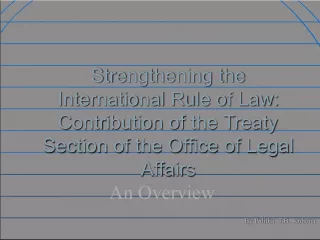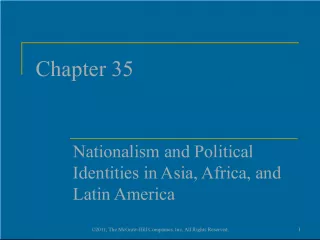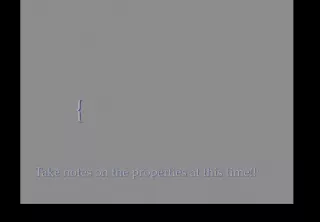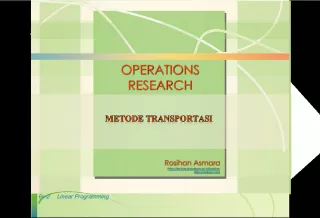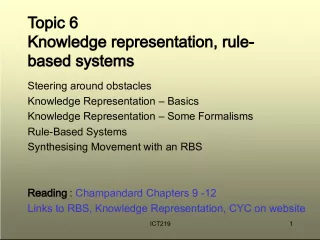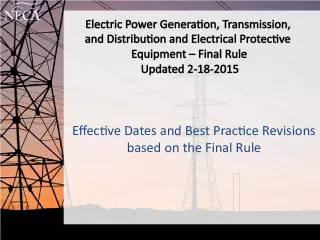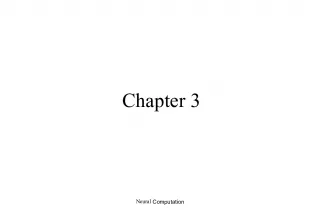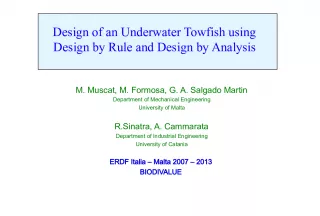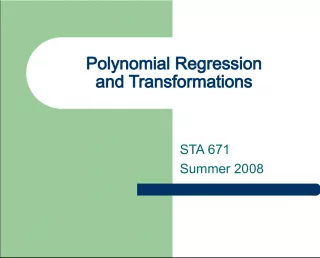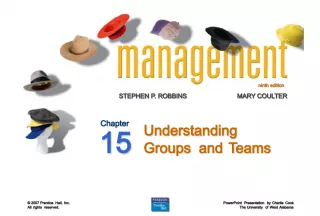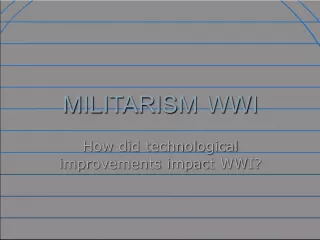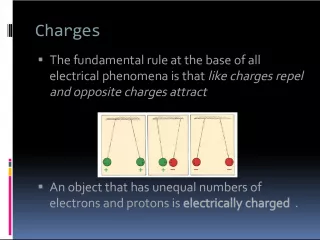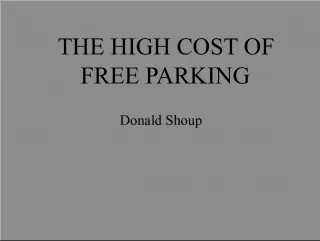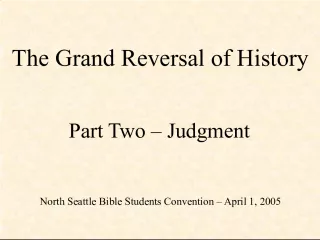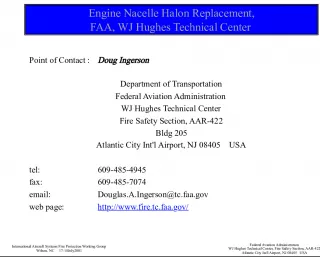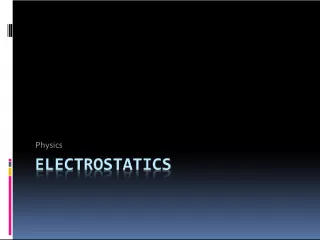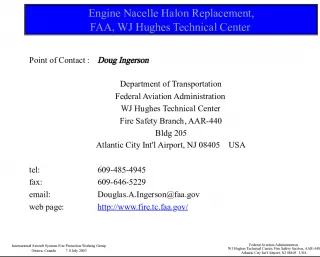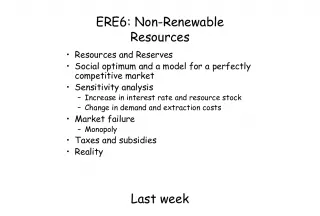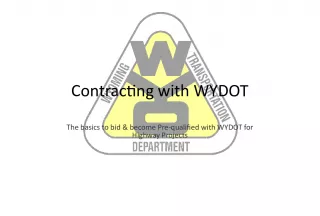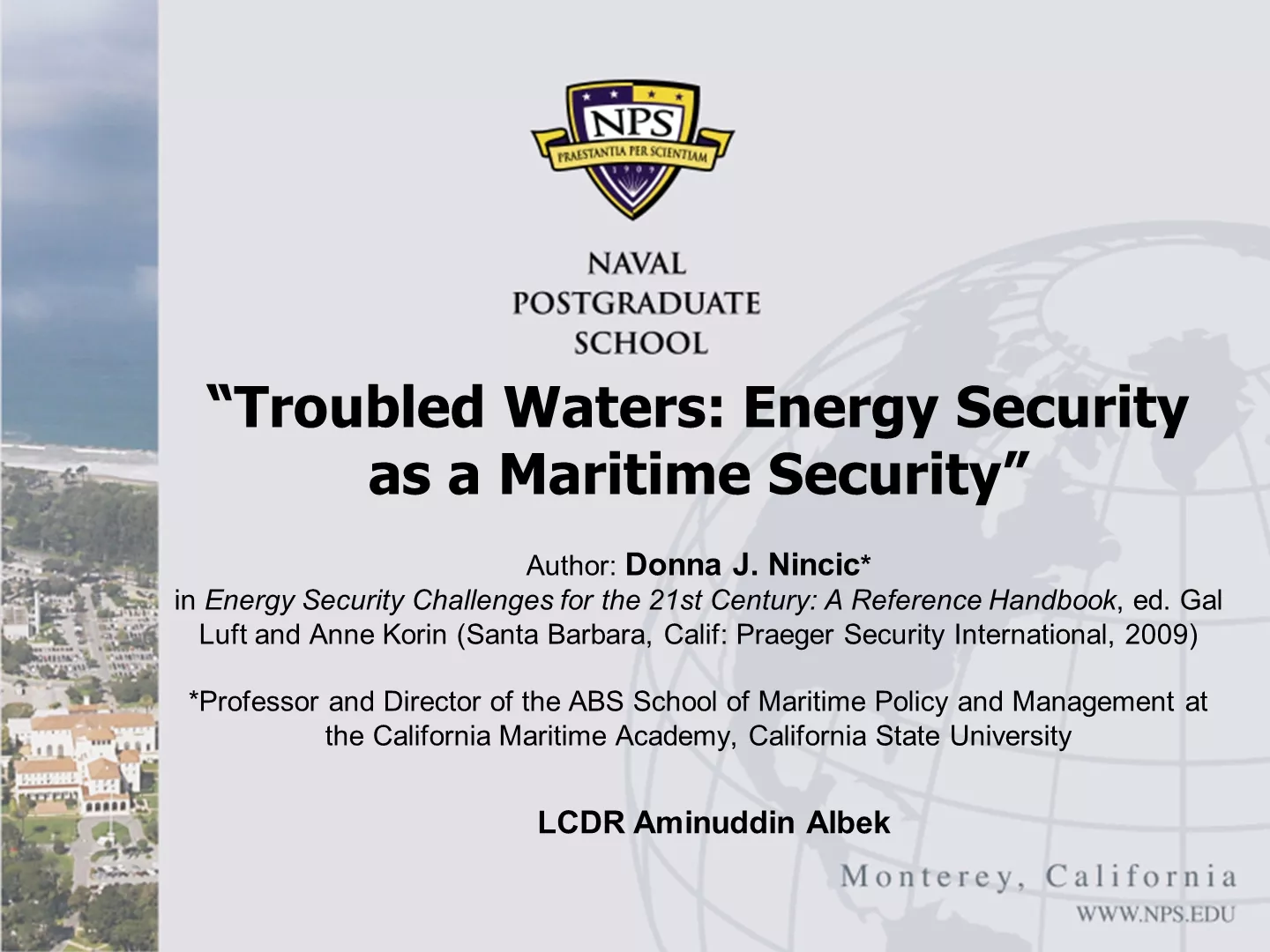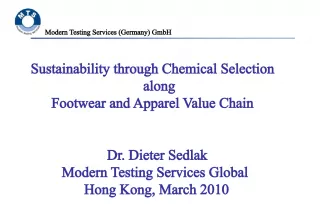Changes to the Transportation Conformity Rule under SAFETEA LU
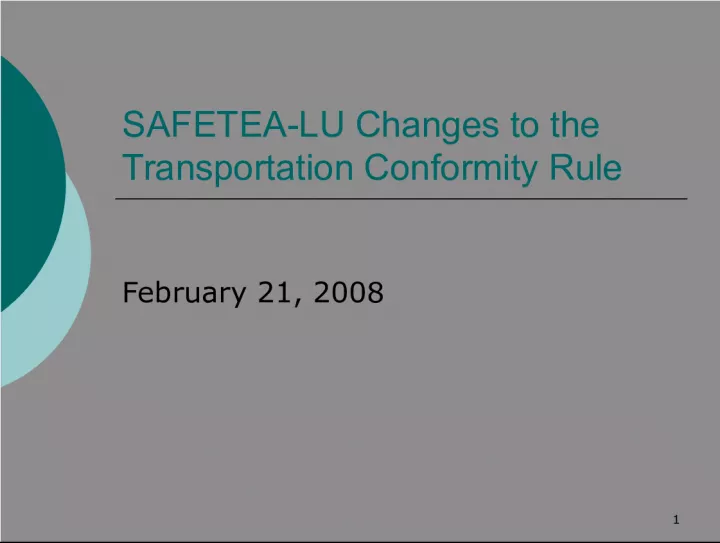

This article discusses the changes made to the transportation conformity rule under SAFETEA LU. It provides an overview of transportation conformity and its background, as well as the
- Uploaded on | 0 Views
-
 gertraude
gertraude
About Changes to the Transportation Conformity Rule under SAFETEA LU
PowerPoint presentation about 'Changes to the Transportation Conformity Rule under SAFETEA LU'. This presentation describes the topic on This article discusses the changes made to the transportation conformity rule under SAFETEA LU. It provides an overview of transportation conformity and its background, as well as the. The key topics included in this slideshow are . Download this presentation absolutely free.
Presentation Transcript
Slide11SAFETEA-LU Changes to the Transportation Conformity Rule February 21, 2008
Slide22Overview Background on transportation conformity SAFETEA-LU’s changes to Clean Air Act transportation conformity provisions EPA’s final rule of January 24, 2008
Slide33Background: Conformity Clean Air Act section 176(c) requires federally funded or approved transportation plans, programs, and projects to not: produce new air quality violations worsen existing violations, or delay timely attainment of standards Required only in nonattainment and maintenance areas for transportation-related pollutants (ozone, particulate matter, carbon monoxide, and nitrogen dioxide)
Slide44What is subject to transportation conformity? Transportation plan: 20-year timeframe Transportation improvement programs (TIPs): 4-year timeframe now “Federal” projects: those which Receive FHWA or FTA funding Require FHWA or FTA approval Impacts of regionally significant non-federal projects also included in plan/TIP conformity prior to approval, but no project-level conformity determination
Slide55Background: SAFETEA-LU and Conformity SAFETEA-LU enacted August 2005, and its conformity changes applied upon its enactment EPA and DOT issued a joint interim guidance February 2006 for use prior to our rule EPA’s final rule, published January 24, 2008, covers 6 changes addressed by SAFETEA-LU Final rule is consistent with interim guidance and practice to date
Slide66Frequency SAFETEA-LU changed CAA’s required frequency of conformity determinations for transportation plans and TIPs from at least every 3 years to every 4 years EPA’s final rule: Same as above SAFETEA-LU also changed frequency of transportation plan and TIP updates to every 4 years Not a CAA change, but a transportation planning change Frequency of plans, TIPs, and conformity aligned
Slide77Deadline for Conformity When New Budget Established SAFETEA-LU amended CAA to give 2 years to make a conformity determination when a new state air quality plan (SIP) budget is established Previously, conformity rule gave 18 months EPA’s final rule: same as above
Slide88Conformity Lapse Grace Period SAFETEA-LU amended CAA by: Establishing a 12-month lapse grace period that applies when a required conformity deadline is missed EPA’s final rule: When a conformity deadline is missed, a lapse would occur only after a 12-month grace period During the grace period, projects could be found to conform if they were included in the most recent conforming plan and TIP
Slide99Shortening Timeframe of Conformity Determination SAFETEA-LU changed CAA to allow MPOs to elect to shorten the period of time covered by a conformity determination MPOs must consult state and local air quality agencies and solicit & consider public comment when making election Shortened conformity timeframe must be the longest of: The first 10 years of the transportation plan The latest year that a SIP establishes a budget The year after the completion date of a project that is included in the TIP or needs approval before next conformity determination Maintenance areas with an adequate/approved second 10-year maintenance plan: shortened timeframe is through end of second maintenance plan EPA’s final rule: same as above. EPA’s rule gives this flexibility to isolated rural areas as well.
Slide1010Conformity SIPs A conformity SIP contains state and local procedures for conformity (rather than budgets or control measures). Once approved, it applies instead of Federal conformity rule for any aspects it covers SAFETEA-LU changed CAA’s conformity SIP requirements. State’s conformity SIP needs to include only 3 provisions, instead of entire federal conformity rule: Consultation procedures – 93.105 The 2 provisions where conformity rule requires state conformity SIPs to require “written commitments” – when measures are included in analyses (93.122(a)(4) and 93.125(c)) EPA’s final rule: same as above EPA is also revising its 2004 conformity SIP guidance to be consistent with the final rule
Slide1111TCM Substitutions and Additions SAFETEA-LU changed CAA to allow TCMs to be substituted or added to an approved SIP without a formal SIP revision Statute includes sufficient detail to implement; therefore, no need for regulations EPA is also updating guidance for TCM substitution and addition (currently covered in Feb 2006 interim guidance)
Slide1212For more information: www.epa.gov/otaq/stateresources/transconf/index.htm “Regulations” link on above page includes: EPA’s final SAFETEA-LU rule and fact sheet Transportation conformity regulations, as updated by SAFETEA-LU rule Clean Air Act section 176(c) as amended by SAFETEA-LU Current guidances that cover TCM substitution and conformity SIPs – soon to be updated
